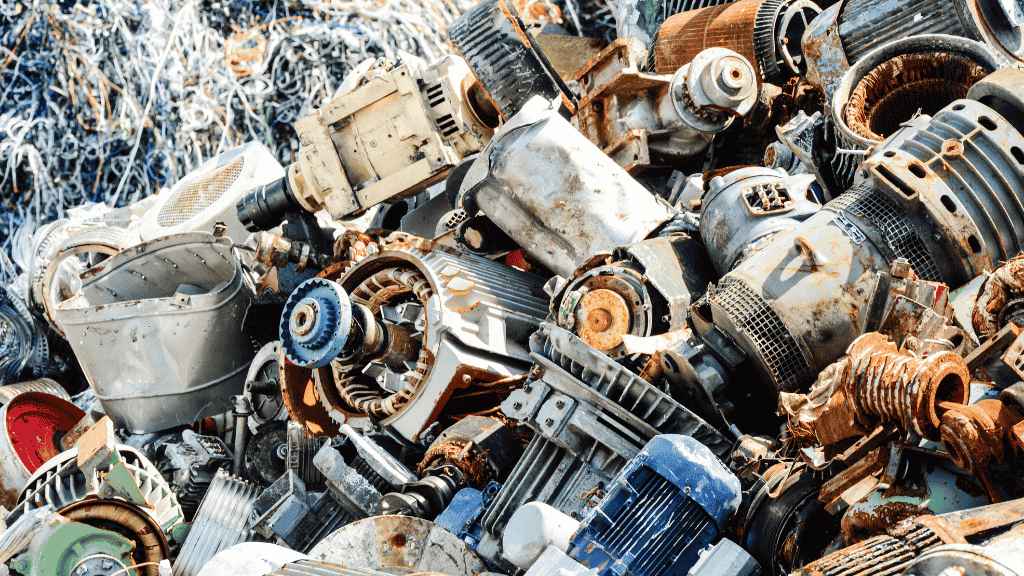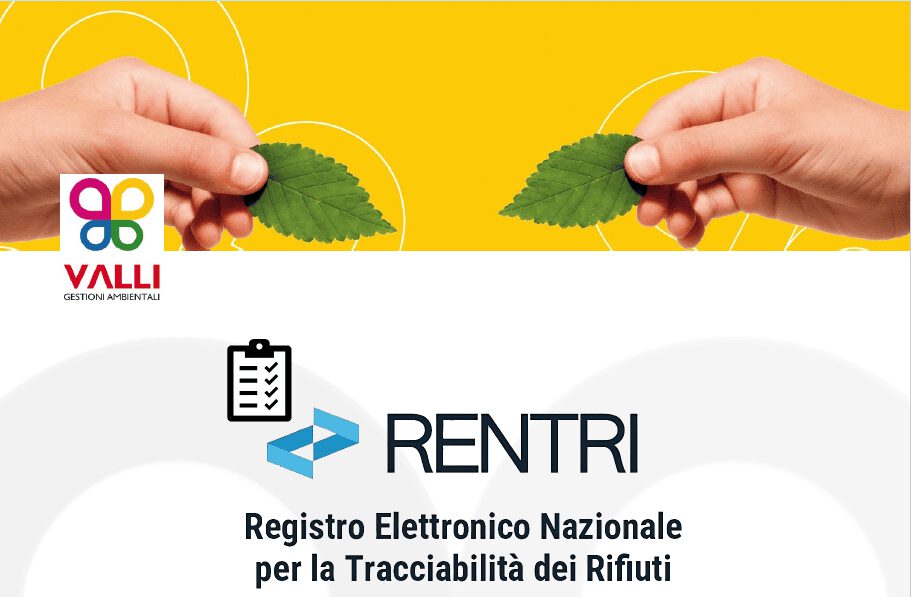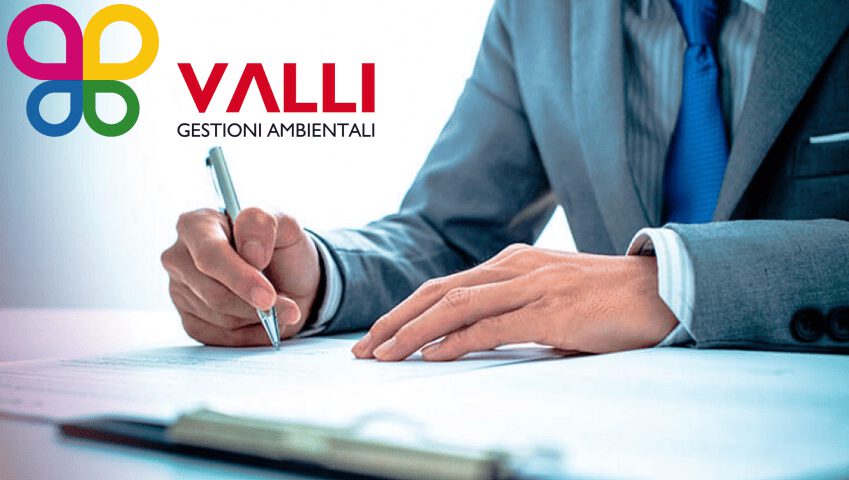The management of waste in production processes is a central issue for environmental protection and compliance with current regulations. Distinguishing between hazardous and non-hazardous special waste is essential to adopt the correct disposal strategies.
These practices make it possible to prevent risks to the environment and public health. In this article, we will explore the differences between these two categories in detail, analyzing the related features, regulations, and risks.
Characteristics and management of special hazardous waste
Special hazardous waste is a specific category of waste that, due to its chemical composition or properties, poses a significant threat to the environment and human health.
Their danger depends on the presence of harmful, toxic, corrosive or flammable substances, which can cause serious damage if not managed properly. Let’s see the peculiarities together.
Inflammability
This waste has the ability to catch fire easily. They are often made up of substances such as:
- Organic solvents, such as acetone or benzene, used in laboratories, chemical industries, and cleaning processes.
- Fuel oils, such as those used for heating or in industrial equipment.
- Volatile chemicals, such as some paints and sprays, which can ignite even at low temperatures. The main danger arises from the fact that these materials, if not stored or handled correctly, can cause fire or explosion.
Corrosiveness
Corrosive waste is that which is capable of damaging biological materials, structures or tissues due to its acidic or basic nature. Some examples include:
- Strong acids, such as sulfuric acid (often used in batteries and industrial processes).
- Strong bases, such as sodium hydroxide (used in industrial cleaners). They can cause severe burns to the skin and eyes or corrode metals, deteriorating containers and storage infrastructure.
Reactivity
This waste is subject to violent or unpredictable chemical reactions. For example:
- Explosive substances, which can detonate spontaneously or as a result of impact.
- Substances that react with water, generating flammable gases or exothermic reactions (e.g. metallic sodium).
- Unstable materials, such as some organic peroxides, that can decompose violently in contact with heat or light. Their reactivity can lead to fires, explosions, or the release of toxic gases.
Toxicity
Toxic waste contains substances that can cause serious harm to human, animal or plant health. They can be:
- Industrial chemicals, such as mercury, lead, or cadmium, often found in batteries or electronic waste.
- Volatile organic compounds, such as compounds in certain paints and solvents, that can be inhaled and cause damage to the nervous system or respiratory system.
- Hospital waste, such as expired medications or medical treatment waste, which may contain pathogens or harmful chemicals.
Management methods
Hazardous materials management is a complex process that requires a series of steps to reduce the risks of environmental contamination or health hazards. The main management methods used are based on:
- Safe collection and storage: they must be collected in suitable and well-labeled containers, which avoid spills or chemical reactions. It is important that they are stored in a safe place, away from heat sources or incompatible substances.
- Treatment and disposal: they must be treated at authorized plants that take special safety measures, such as controlled incineration or chemical treatment.
- Traceability and documentation: proper management involves the continuous recording and monitoring of waste, from its generation to final disposal. This is done through electronic registers and specific certifications.
Incorrect handling can lead to serious legal consequences for companies, as well as serious environmental and health risks.
Characteristics and management of special non-hazardous waste
Non-hazardous special waste, although it does not contain toxic substances or substances harmful to the environment or human health, still requires responsible and careful management. This is due to the fact that they derive from production or industrial activities that generate large quantities of materials. Their proper disposal is essential to reduce environmental impact and ensure sustainable use of resources.
Types
This type of waste includes a wide range of materials from different sectors, such as construction, agriculture, industry and commercial activities. Although they are not classified as hazardous, their management cannot be overlooked. Failure to treat it could lead to an uncontrolled accumulation of materials and overexploitation of natural resources. Examples of this type of waste are:
- Agricultural residues: branches, leaves and other biomass that can be composted.
- Packaging and recycled materials: plastic, paper, metals that, if properly treated, can be reused.
Management methods
The management of special non-hazardous waste is based on some fundamental principles:
- Recycling: Most non-hazardous materials, such as packaging or construction waste, can be recycled.
- Composting: organic waste can be transformed into compost, useful as fertilizer.
- Safe storage: for that non-recyclable waste, it is important to ensure its storage in adequate facilities to avoid accidental contamination.
Although not hazardous, they must be carefully managed, to avoid environmental impacts related to overpopulation of landfills or pollution resulting from improper disposal.
Laws and regulations for special hazardous waste
The management of special hazardous waste is regulated by stringent regulations at European and national level. Their goal is to protect the environment and ensure the safety of the people involved in the treatment process.
European legislation
Directive 2008/98/EC on the environment is the main regulatory reference at European level for waste management. It introduces the concept of extended producer responsibility, according to which those who produce hazardous waste are required to take care of their correct disposal up to the final stage.
This legislation also establishes the need to prevent the production of hazardous materials, promoting reuse and recycling. It also ensures that harmful substances are disposed of safely, without risk to health or the environment.
Italian regulations
In Italy, management is regulated by Legislative Decree 152/2006, the so-called Consolidated Environmental Act, which integrates the European directive and specifies the obligations for companies. These must:
- Record the waste produced through tracking systems. The RENTRI (National Electronic Register for Waste Traceability), in this regard, has gradually come into force from June 2023, with full operation expected from December 2024. It is based on a digital register that collects data on rejections by obliged companies.
- Entrust the management to authorized operators.
- Document disposal thoroughly with relevant records.
Compliance with these regulations is crucial to avoid heavy administrative and criminal penalties, which can affect those who do not manage hazardous waste correctly.
Environmental and health risks associated with hazardous waste
Poor management of hazardous waste poses a threat to both the environment and human health.
Environmental impacts
The main environmental risks derive from soil and water contamination. Chemicals, if released inappropriately, can infiltrate groundwater, contaminating water resources used for agriculture or human consumption. In addition, toxic products that reach the soil can compromise soil fertility, with devastating impacts on local biodiversity.
Another significant environmental risk is air contamination. Burning or disposing of some hazardous waste incorrectly can release toxic gases into the air, contributing to air pollution and climate change.
Health risks
From a health point of view, hazardous waste can cause serious damage to health. Prolonged exposure to toxic substances, such as heavy metals or volatile organic compounds, can cause respiratory problems, skin diseases and, in some cases, even cancer. Workers employed in the handling of these materials, in particular, must be protected with appropriate equipment to avoid hazardous exposures.
The general population can also be exposed to indirect risks, for example through contamination of the food chain. Hazardous substances that come into contact with agricultural land or water sources can enter the life cycle of plants and animals, putting human health at risk through the consumption of contaminated food.
Conclusion
Relying on us at Valli Gestioni Ambientali means choosing an experienced and reliable partner for the management of both hazardous and non-hazardous waste. We have the expertise to respond to complex and specific needs of the industrial sector. Among the main services we offer:
- Special waste collection and transport: through safe and certified management, it is identified, separated and transported by authorized operators to specialized plants, in compliance with all environmental regulations. This process ensures traceability and minimizes the risks of contamination or accidents throughout the disposal chain.
- Disposal and recovery: minimization of environmental impact with recycling solutions.
- Remediation of polluted sites: cleaning and restoration of contaminated areas.
- Environmental consulting: technical and regulatory support to ensure compliance with applicable laws.
With our experience and state-of-the-art technologies, we ensure customised, compliant and environmentally friendly solutions. We guarantee companies the serenity of a complete and professional management for the management of their waste.




